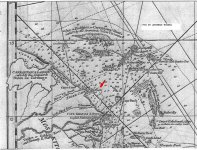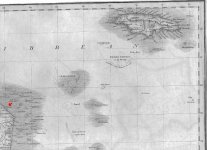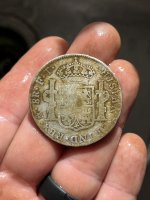Chagy
Bronze Member
Good Morning Gentleman,
When you say; Very little serious search has been done for the 1605 galleons. It makes me want to find out how many people have search for these galleons and what was their result or findings. I know Burt Webber has been there and done that, so did Marx and so did Don. I also know of a diver by the name of Joe who was on an expedition there and claims that he found 2 of the galleons. I found out about the Joe story through a good friend of mine. The one thing I do have is respect for others and for privilege information. My friend is a member of this forum so if wants to tell the story, he will….Burt W. is a very good friend of mine and I stay in touch all the time. I will ask what is he willing to share about his expedition there…
When you say; Very little serious search has been done for the 1605 galleons. It makes me want to find out how many people have search for these galleons and what was their result or findings. I know Burt Webber has been there and done that, so did Marx and so did Don. I also know of a diver by the name of Joe who was on an expedition there and claims that he found 2 of the galleons. I found out about the Joe story through a good friend of mine. The one thing I do have is respect for others and for privilege information. My friend is a member of this forum so if wants to tell the story, he will….Burt W. is a very good friend of mine and I stay in touch all the time. I will ask what is he willing to share about his expedition there…









